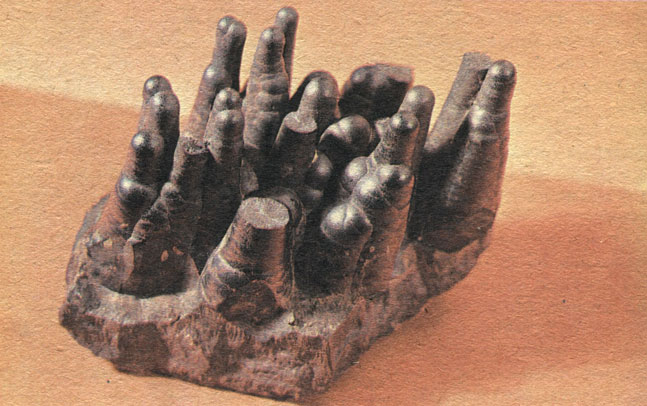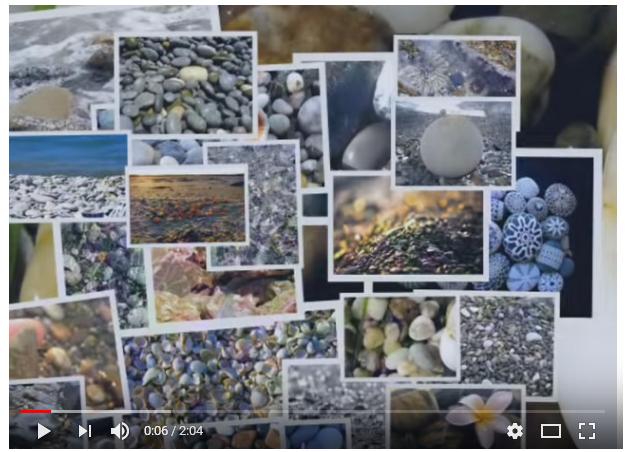Description of psilomelane
Black glass head. Psilomelan stone has such an intriguing second name. What is hidden behind this mysterious name?
Previously, psilomelane was the name given to the mineral barium manganese hydroxide with the formula (Ba,H2O)2Mn5O10. The term was introduced in 1747 by the Swedish scientist Vallerius, and in 1982 it was discredited by the International Association of Mineralogists.
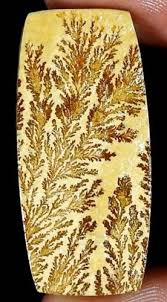


And today, psilomelane refers to most of the manganese oxides with high density, hardness and variable complex composition, and these are minerals:
- braunite – manganese non-silicate;
- cryptomelane – manganese and potassium oxide;
- hausmannite – manganese oxide;
- coronadite – oxide of manganese and lead;
- pyrolusite – manganese dioxide;
- lithiophorite – manganese oxide containing lithium and aluminum;
- Hollandite – oxide of manganese and barium;
- Romaneshite is a barium-containing Mn oxide. Its formula – (Ba,H2O)2(Mn4+,Mn3+)5O10 – is very similar to the general one for this group.
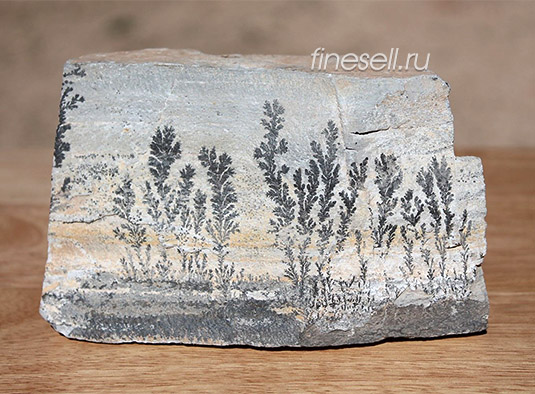
The name romaneshite is even considered synonymous with psilomelane.
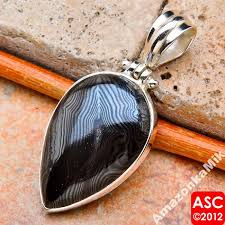

Psilomelan as the general name for the entire above group of manganese-containing minerals (this is what will be meant below) is manganese ore with the following characteristics:
- crystal structure;
- inconsistent chemical composition;
- good hardness – 4-6;
- high density – 4.4-4.7 g/cm3;
- fragility;
- opacity;
- matte, metallic shine;
- black, bluish, brownish or grayish-black color.
Origin, formation, deposits of psilomelane
Psilomelan is mainly of sedimentary origin in weathering products and oxidation zones of carbonate, silicate, and oxide ores, as well as in shallow waters of sea coasts.


The mineral is often formed in the form of massive sintered, kidney-shaped aggregates with a shiny smooth surface, for which it was called in the old days black glass head. Psilomelanic stalactites, dendrites, crusts, powdery and earthy masses, and oolites are also found.

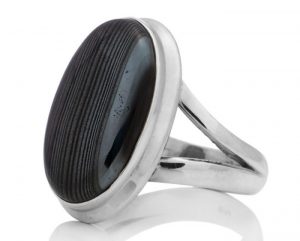
The stone is mined in Australia, Austria, Afghanistan, Bolivia, Germany, Italy, USA, Japan. The largest deposits of psilomelane are located in Ukraine and Georgia.


Application of psilomelane
Psilomelan is widely used for the production of mirror cast iron and ferromanganese. Occasionally used for crafts. Psilomelan also imitates hematite.


This is partly the intrigue of the black glass head. After all, the secret of the stone has not been fully revealed, since its metaphysical and healing properties have not yet been fully studied. This is probably why magicians and lithotherapists use psilomelane extremely rarely in their practice.

